Marathi films do not have superstars or big budgets, and that’s why they are making more money than Hindi blockbusters

Subodh Bhave and Vibhavari Deshpande in 'Balgandharva'
IT seems like a classic case of the tortoise and hare race. Even when Bollywood films are riding over claims of hundreds of crores, the Marathi film industry is quietly making quality films which are raking in substancial profits, thanks to relatively low cost of production. Marathi filmmaker Ravi Jadhav’s Timepass raked in R5 crore in its opening weekend. Over a span of three weeks, it earned R31 crore, breaking the Rs 25 crore record held by Duniyadaari. Close on the heels of Timepass came Fandry, a strikingly different film that grossed around Rs 2.25 crore in its first week.
ADVERTISEMENT
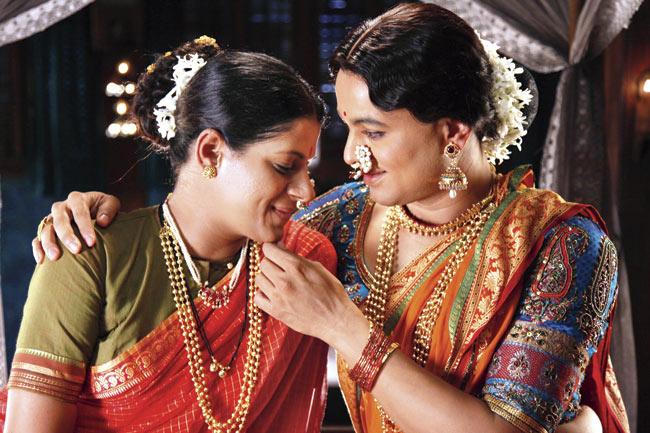
Subodh Bhave and Vibhavari Deshpande in 'Balgandharva'
After wooing the regional audience, it’s the first Marathi film to be released across different Indian cities. For the past two years, Marathi films have managed to catapault themselves to an enviable position, mainly due to their novel stories and engaging narratives. From social dramas to biopics and mass entertainers, creative ideas are blossoming. Young talented actors, directors and storytellers are finding the industry a great platform to showcase their talents. How is this transformation happening?
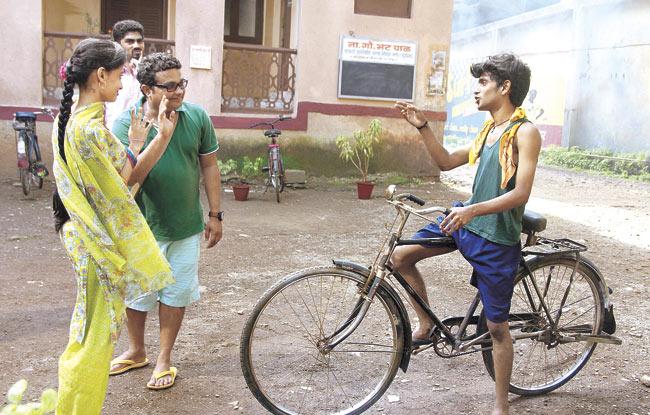
Director Ravi Jadhav with Prathamesh Parab and Ketaki Mategaonkar during the shoot of 'Timepass'
Cinematic renaissance
In the ’90s, the Marathi film industry was caught in a rut with every second film belonging to the slapstick comedy genre It was Sandeep Sawant’s Shwaas that gave a new lease of life to the stagnating industry. Filmmaker Mangesh Hadawale, who directed the critically acclaimed Tingya, explains, “I found it tough to find a producer for my film till 2007. Umesh Kulkarni who made Deool is also greatly responsible for encouraging the new breed of directors. Marathi cinema had seen its heydays when filmmakers such as Amol Palekar and Dr Jabbar Patel made classics; this is the second innings.”

Sai Tamhankar and Swapnil Joshi in a still from Sanjay Jadhav’s 'Duniyadaari'
Besides Shwaas, films like Deool and Shala also played a role in bringing about a transition. The year 2011 was a good one with films like Deool, Harishchandrachi Factory, Shala and Mi Shivajirao Bhosale Boltoy doing well at the ticket windows. Director Sujay Dahake who is gearing up for the release of his film, Ajoba, made his directorial debut with Shala. He explains, “The film made on a budget of R3 crore grossed around R9 crore at the box office. It created a lot of buzz, as it starred rank newcomers and had foreign technicians. Plus, we got critical acclaim with the National Award.”
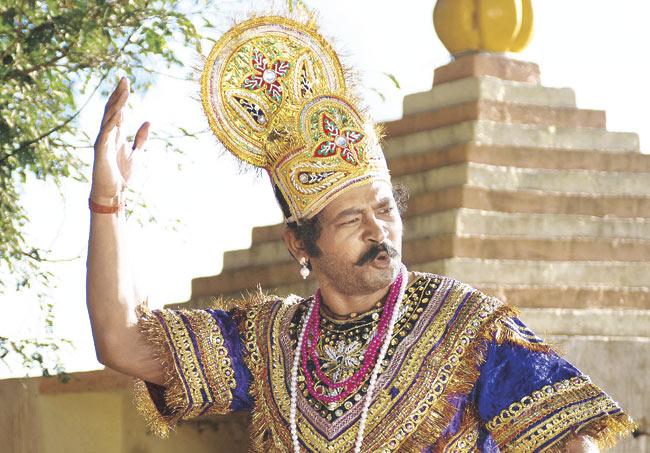
Atul Kulkarni in 'Natrang'
Culture comes to aid
Marathi literature has always been rich with its quota of amazing novels, short stories and poetry. The new generation of directors seems to be in sync with the cultural milieu and aspirations of the audience. Jadhav says, “Our audience believes in a good story. This reflects in the casting as actors don’t choose films, it’s the films that choose them. Fandry is a prime example. It talks about the caste system through a love story. Marathi audience has a certain standard that comes with reading and watching theatre. When we made Balak Palak, we had to ensure that a family can watch it together without cringing. Even a commercial film like Timepass had a message that love is not a conquest or a matter of frivolity. The themes are universal, but our treatment is local.” Dahake argues that the lack of content in Bollywood is helping Marathi films. He opines, “There is a huge revival in the art of story-telling. Modern directors want to explore new themes. Our audience has got a stimulation it missed sorely in the ’80s and ’90s.” Hadawale adds, “Our women love reading rather than attending kitty parties. We have to recognise their sensibilities.” It is this regard for content that has wowed the corporates as well.
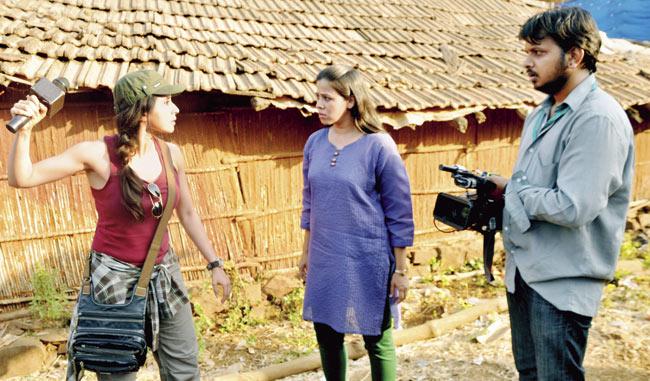
A scene from Sujay Dahake’s upcoming film 'Ajoba' that talks about the journey of a leopard from Malshej Ghat to Mumbai
Nitin Sane, head of the Marathi film division, Essel Vision says, “The content in Marathi film is better than Hindi ones. Also, our films are extremely rooted in our culture. Look at Kaksparsh, Natrang and now Fandry, all of them resonate with our people. As a corporate house, we believe in good subjects. While many producers would have avoided financing a project like Fandry after a superhit like Timepass, we thought otherwise. Our next film is a biopic on Yashwantrao Chavan, the first CM of Maharashtra.”
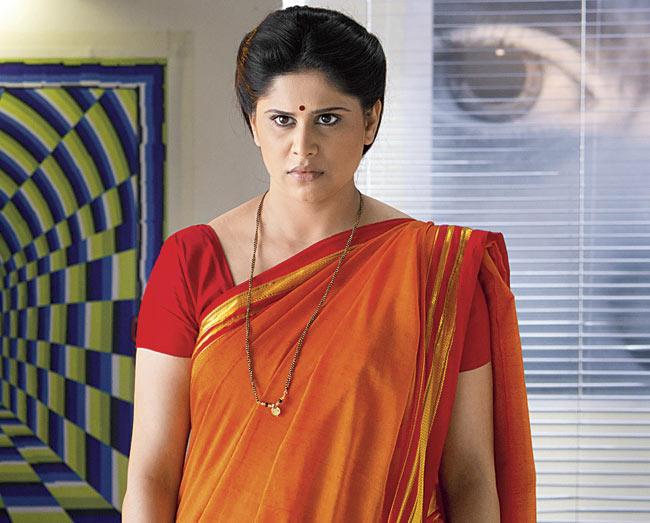
Sai Tamhankar in 'Sau Shashi Deodhar'
Zero star system
The absence of a star system in the industry is also being hailed as one of the reasons behind this renaissance. Since there are no stars to take away a major chunk of the investment, films are made in much smaller budget. Since the budget is not much, many more risks are taken in terms of stories and scripts. Nagraj Manjule, the director of Fandry says, “I did not have a target audience in mind before making the film. The idea was to tell a good story. When you have such a mindset, you don’t bother about stars or profitability. The focus is solely on correct casting.” Unlike Bollywood, the Marathi film industry is devoid of camps, which makes it easier to take risks. “Present-day directors know their craft and are brave enough to experiment with what they think is right for their films. They have watched European and Iranian cinema and believe in good story-telling with everyday characters. The people who worked in the Laxmikant Berde-Ashok Saraf brand of cinema weren’t educated in the craft per se,” adds Hadawale.
However, Ravi Jadhav has a different take on this. “I think the commercial aspect is equally important as the creative one. I could make a film like Timepass without stars as it suited the subject. However, it was a good idea to cast Swapnil Joshi, Ankush Chaudhary and Sai Tamhankar in Duniyadaari as it was a mass youth-centric film. Tomorrow, if I make a big budget thriller, I will opt for a proper beefed-up hero. It’s too early to talk about a star system out here.”
Bollywood wakes up
A number of B-Town actors raved about Fandry after seeing the film. Riteish Deshmukh made profits as a producer after the success of Balak Palak. His next production venture is Yellow, the story of a swimming champion with Down’s Syndrome.
Akshay Kumar and Nikhil Advani too are producing Marathi films. Jadhav states, “I don’t think Bollywood stars think about profits when they invest in Marathi films. When they come here they want to promote stories they actually believe in. It’s nice to see people such as Akshay Kumar, Riteish and Nikhil investing in the industry. Their positive feedback is very crucial for us in reaching out to more people.” It is not just about production ventures, romantic films that are slowly disappearing from B-Town are finding their way in Marathi films.
Dahake says, “Even two years earlier, the Marathi audience would prefer a Bollywood film over a Marathi one. I feel that the romantic films of the ’90s in Bollywood are making a comeback in Marathi with varied treatments. The young audience relates to the depiction of love in Hindi films. Perhaps, that’s why films on love and marriage are finding takers.”
Money matters
The minimum investment in a Marathi film is R1 crore for a top-notch production. The minimum amount is R60-65 lakh. “The smaller films too have an audience in the rural areas. An amount invested in films is around R2.5 crore which is just the production cost. The marketing costs an additional crore. Even if a film makes R6-8 crore, it has recovered money,” states Dahake. When a R2-3 crore film crosses R30 crore, it’s great news for the industry. “A film like Fandry even if it does not do great business, is good as it brings appreciation for Marathi cinema. Out of 120 films it’s only 10 that do really well,” says Jadhav.
Nitin Datar, exhibitor and distributor says, “Out of the 80 films released last year, 95 per cent made losses. Only five per cent were successful. The minimum investment is R40 lakh. There are some who make films just to get government subsidy. Many first-time producers have incurred greater costs due to inexperience.”
Marketing magic
According to Datar, the publicity costs have gone higher. Many spend more on artistes and less on the quality of films. “With promotions across TV channels and newspapers across 35 districts of Maharashtra, costs have shot up,” says Datar. Sane stresses, “We have tried our best to promote films like Fandry. As a channel, we like to encourage new and upcoming talent. In terms of marketing, we have a long way to go.”
Government support
Jadhav says, “I can’t speak much about subsidy. But it’s good that they are starting studios in Malvan and Kolhapur. State awards are very important for us. They also give R1 lakh cash reward. The entertainment tax is also important in bringing in more people to the theatres.”
 Subscribe today by clicking the link and stay updated with the latest news!" Click here!
Subscribe today by clicking the link and stay updated with the latest news!" Click here!






